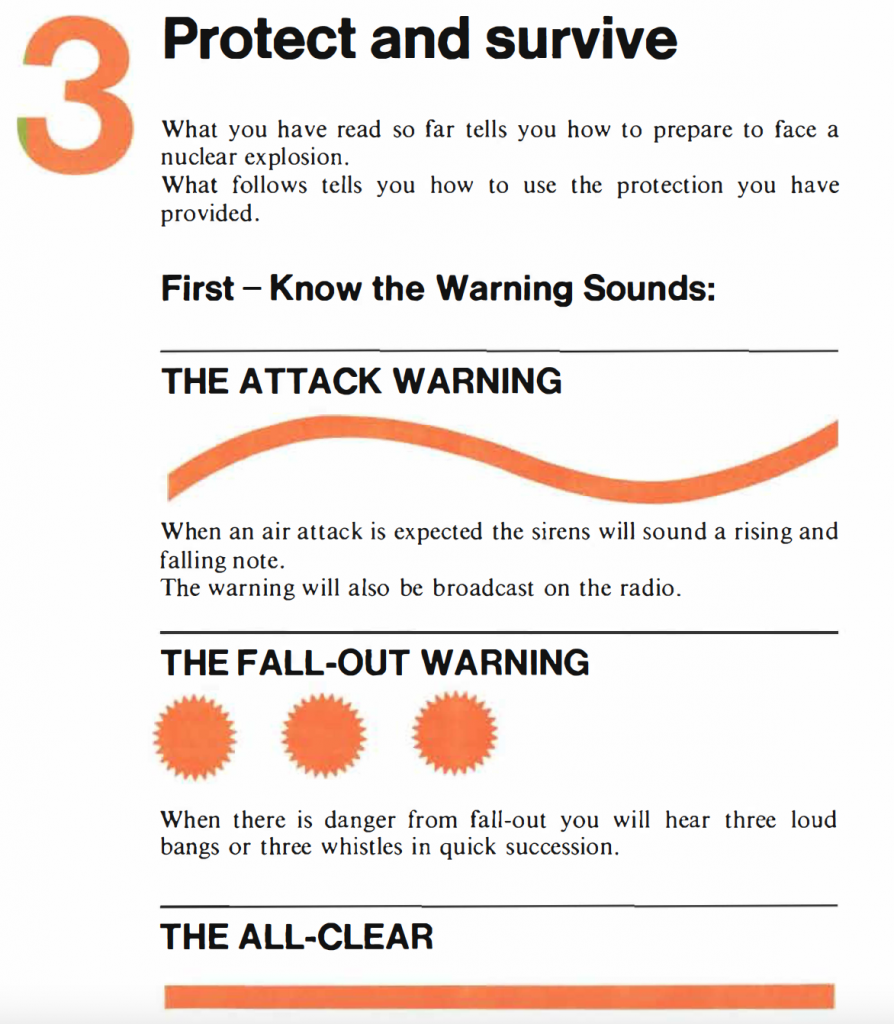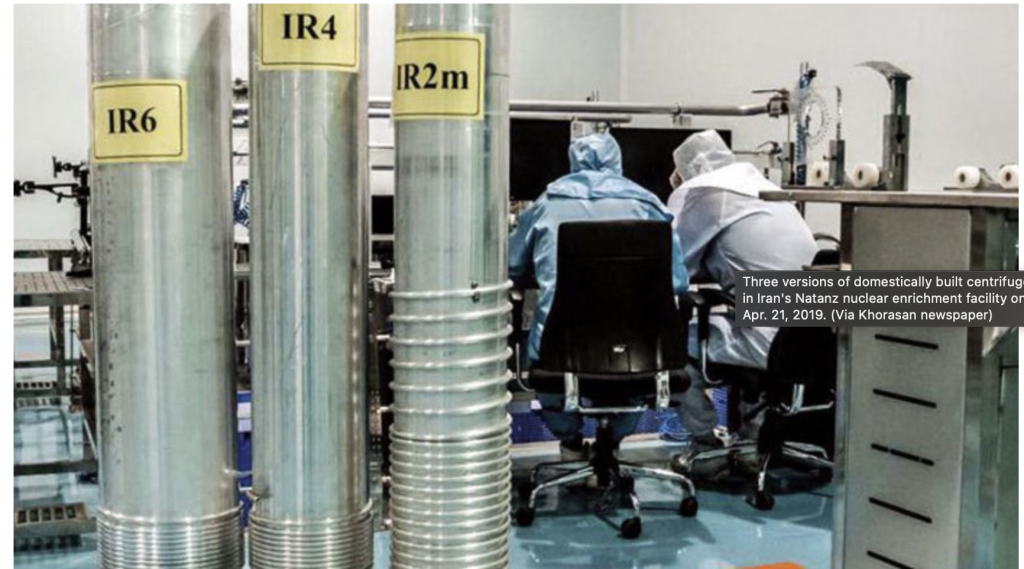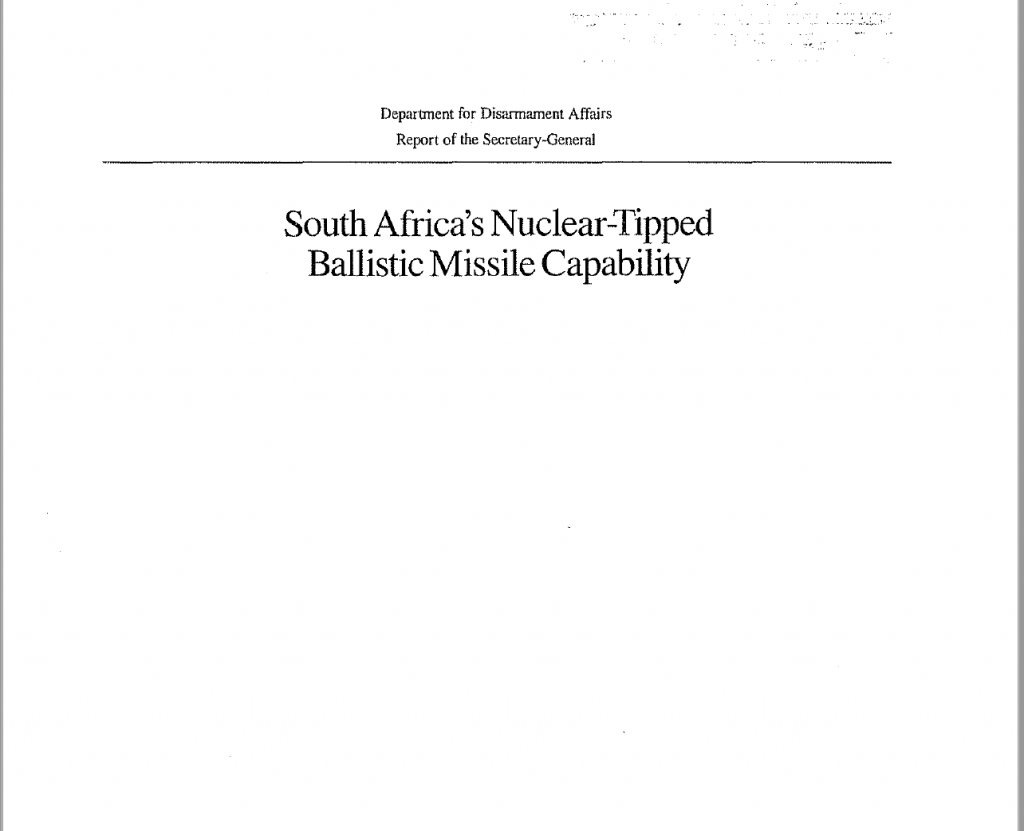From Protect and Survive:


From Protect and Survive:

In the same podcast https://www.cbsnews.com/news/thwarting-syrias-nuclear-program-intelligence-matters-declassified-podcast/about which I wrote here, Maja Leans explains an example of IC coverage concerningntwo different geographic and functional issues
MICHAEL MORELL: One of the points that might be worth making here is that this work that we’re talking about now, right, was done during the height of the war against al-Qaida and the significantly worsening civil war in Iraq. So I just want to make sure people understand that just because CIA is focused on one thing does not it does not mean it’s not doing its job in other areas. Can you just comment on that?
MAJA LEHNUS: Absolutely. CIA has analysts with many different areas of expertise and specialty, allowing them to make assessments on a broad range of regional and functional topics. So the counterterrorism analysts and the Middle Eastern military analysts were focused on the war against al-Qaida and the war in Iraq, respectively. Analysts in the Weapons, Intelligence, Non-Proliferation and Arms Control Center, or WINPAC, were responsible for assessments of nuclear programs and proliferation. Of course, the IC’s collection capabilities are finite and have to be allocated judiciously across many priorities. The lack of imagery of the Syrian ‘Enigma’ facility during the early stages of construction was very likely the result of competition for imagery imagery collection
Former CIA analyst Maja Lehnus told Michael Morell in this podcast about lessons learned from the Iraq WMD debacle:
I’ll start with the Iraq WMD lesson of how important it is to understand and explain the quality of the intelligence sources on which judgments are based. In the broadest context, you need to understand and explain the quality of the information or perhaps the data sets that underpin your judgments. A key finding of the Iraq WMD review was that analysts failed to adequately represent the sourcing, on which important judgments were based. In fact, analysts were often unaware that there were issues or uncertainties regarding key sources and therefore their confidence in the information was much stronger than it otherwise would have been.
Another Iraq WMD lesson is the importance of examining alternative analytical possibilities or outcomes. No alternative analysis had been done on the Iraq WMD topic prior to the intelligence failure. No mechanism existed to force analysts to ask whether there might be another explanation for what they were observing or to ask themselves, ‘Could we be wrong? What might Alternative X look like? Hmm?’
A third lesson is the importance of clearly articulating key judgments and the levels of confidence for each judgment. This is a means of alerting customers to uncertainties and key intelligence gaps. In the Iraq WMD review, we found that key gaps and uncertainties were not highlighted and confidence levels were not clearly articulated. Moreover, when probabilistic language was used, such as possibly, probably and likely the review found that the analysts intended meaning and the readers’ interpretation were not always the same.
A final lesson I’ll mention that came out of the Iraq WMD review was the importance of conducting analytic line reviews, especially as accounts transitioned to other analysts or other offices right on related topics. History matters; you need to understand the historical context in which you’re working. It is fine to change an analytic assessment, but it’s important to highlight to your customers the fact that you’re doing so and explain the basis for the change. In the Iraq WMD review, we found unintentional shifts in the key analytic lines were occurring regularly. This was because the analyst lacked the historical context. The analyst writing a piece lacked awareness of what had been previously written by analysts from different part of the organization.
From this article:

This 2006 report about the UK’s historical production of defense HEU describes issues concerning HEU production records:
This review has been conducted from an audit of annual accounts and the
delivery/receipt records at sites. A major problem encountered in examining the records was that a considerable number had been destroyed for the early years of the programme. There is only a legal requirement for the companies to keep such records for 30 years. In some cases older records were destroyed when they reached this age. There is a greater awareness now of the need to keep these records and this past practice has now been stopped, but too late for the purposes of this review. The task of locating early records was intensive and great efforts were made by all concerned to locate corroborating older records, but the search cannot claim to be comprehensive.–Even where records have survived other problems have been encountered, including:
–not all records differentiated between civil and military production, so assessments had to be made of the ultimate destination. This was complicated by the fact that HEU produced at Capenhurst subsequently went to Windscale for processing before onward movement to the final customer, making distinction between new make and recycled HEU difficult
–some early records make no specific mention of waste and effluent disposals–some records lacked the precision now required; no units of mass identified, or were
difficult to decipher, against the quantities, and consequently assessments had to be made to establish units. Other records did not identify quantities to decimal places and may have been rounded. As individual figures this may be acceptable but when accumulated into total quantities it can produce inaccuracies in final figures
–in some cases no indication of enrichment value was available. Average figures were used, or knowledge of the process used to assure that the material was indeed HEU
–changes in the structure of the contractors have presented difficulties in tracing
documentation It also has to be borne in mind that instrumentation and measurement techniques were not as accurate in the early years as they have become over the past 20 years or so
Here is a 1992 UN report titled South Africa’s Nuclear-Tipped Ballistic Missile Capability.

From IFP. See IR-8 centrifuges.

I love history, and I always like primary sources. In 2008, CSIS published these audio files of interviews with key players in US-UK nuclear cooperation.
This just never gets old. From Protect and Survive:
After a nuclear attack, there will be a short period before fall-out starts to descend. Use this time to do essential tasks.